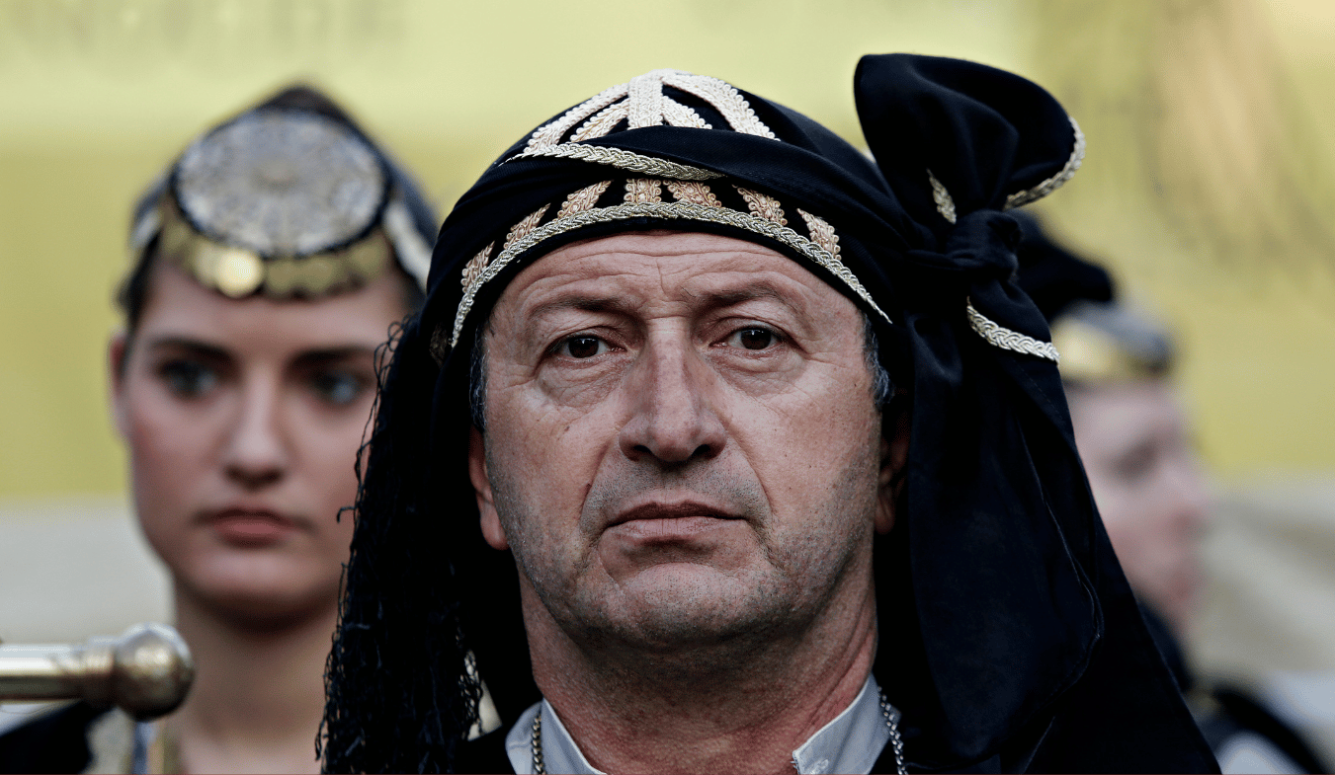Turkey
Erdogan’s Hypocrisy
While routinely declaring that Israel’s behaviour toward Hamas is genocidal, Erdogan has consistently denied the real genocides carried out by Turkey.

Israeli–Turkish relations have had their ups and downs over the past decade—mainly downs. To bolster his standing in the Arab and Muslim worlds and for religious, ideological, and political reasons, Turkey’s Islamist leader, President Recep Tayyip Erdogan, has supported both Hamas—even providing some of its military leaders with protection and a safe haven in Istanbul—and the Palestinian cause more generally. But he has held off on severing diplomatic relations with Israel for economic reasons—it would damage Turkish–Israeli commerce and Israeli tourism to Antalya—and because it would damage Turkey’s relations with both the US, its NATO ally, and with the European Union, to which he still hopes his country will one day gain admission.
But last October, Erdogan went one step further in his opposition to Israel. He expressed sympathy for the Hamas assault on southern Israel and, the following month, lambasted Israel’s counter-offensive in Gaza as a “genocide” and called Israel a “terrorist state,” in pointed contrast to the official American and European designation of Hamas as a terrorist organisation. Later, he denounced Israel’s prime minister Netanyahu as “worse than Hitler,” described Israel as “expansionist,” and declared that Israel’s counter-offensive was “worse than the Holocaust.” In recent days, Turkey has mobilised a small civilian “aid” flotilla designed to break the Israeli naval blockade of Gaza. (Israel fears the flotilla may convey contraband and terrorists.)
On 9 April, Turkey announced that it had imposed serious economic sanctions against Israel, banning the sale of such products as cement and iron to the Jewish state. That same day, I received an email from Tryfon Topalidis, a Greek scholar researching the 1923 destruction by Turkish Muslims of a cluster of Anatolian Greek villages in the mountains near Adana. That small outbreak of ethnic cleansing was the last chapter in the genocide of the country’s Greek minority population, which had begun in early 1914, before the start of World War One, when Christian communities were forcibly uprooted from Turkey’s Aegean coast. By the end of 1922, under Mustafa Kemal Ataturk (the “enlightened” founder of the Turkish republic), the Turks had butchered hundreds of thousands of Greeks and brutally expelled many more to the Greek mainland.
The massacre of the Greeks took place alongside the Turkish massacre of the country’s Armenian minority during the Armenian Genocide, and the mass murder of the country’s Assyrian Christian minority, which claimed between a quarter and half a million Assyrian lives. Together, Turkish Muslim peasants and townspeople, officials, gendarmes, and soldiers, assisted by Kurdish, Chechen, Circassian, and Arab tribesmen, murdered some two million Christians (there is no way of knowing the exact number) during the years 1894 to 1924 in three bouts of systematic massacre (1894–1896, 1915–1916, and 1920–1923). Greek historians maintain that one million of those murdered were Anatolian Greeks and Armenian historians usually speak of 1.5 million murdered Armenians.

Topalidis emailed me to inquire about American and British documents relating to the early 1923 massacre of Greek men, women, and children in the village of Gurumza (Gurumze) in Adana Province. He attached copies of Greek documents that reinforced the information conveyed in the reports written by Western diplomats and missionaries and American naval officers that I briefly summarize in my 2019 book The Thirty-Year Genocide, Turkey’s Destruction of its Christian Minorities, 1894–1924 (co-authored with Dror Ze’evi).
One of the Greek documents contains the transcript of an interview with elderly Gurumza survivor Prodromos Fotiadis, who provides these recollections of 22 February 1923:
[It was a] very cold day … The herald was shouting: “Let all young and old gather in the Church” … [Then] the Chetes [irregulars, brigands] said: “Let all the men go out into the Church yard.” … We were told to sit down. Says the chief: “Line them up for execution.” … They start to shoot … Next to me they are killed … Four bullets passed through my chest … [Later, after the Chetes had gone] I shouted and a child came … He untied my hands … So, God spared me. In the meantime, the Chetes had chopped papa-Eustathios [one of the village priests] to pieces … inside the Church. Grenades were thrown into the Church from the windows. Then they brought grass … and piled it in the gynaeceum [the women’s section of the building] [and lit it] … The place was filled with smoke … That day the Turks slaughtered 70 men and 20 women and children in the Church. First of all, they slaughtered the three priests …
In a second document, dated 4 May 1923, the Greek consul-general in Beirut, Xenophon Stelakis, estimated the number slaughtered at “about 200.” The Gurumza survivors eventually made it to Greece, where they established the village of Neos Mylotopos, near Thessasaloniki.






